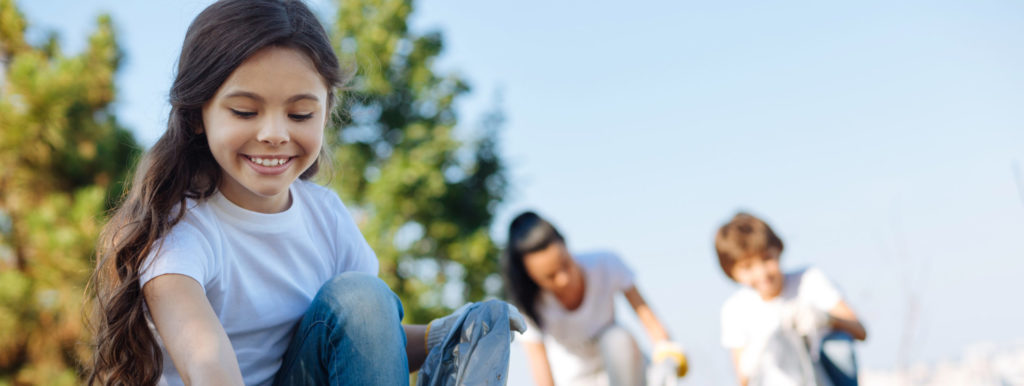In this activity, students trace where the fruit in their lunch boxes comes from and think about advantages of buying locally.
Most grocery store bought fruit has stickers on them that tell us where the fruit was grown. In Canada, few fruit can be grown year-round, so we buy a lot of fruit from other countries. This fruit may travel thousands of kilometres by boat, train, truck or plane before it ends up in the produce section of a grocery store.
For example, a kiwi from New Zealand takes a truck to get to the coast. It then goes by boat or plane from New Zealand to Canada, takes a train to the grocery store distributor and takes another truck to your grocery store.
It takes a lot of energy to transport fruit from far away to our grocery stores. The fruits that are grown close to home don’t need as much energy to get into our shopping bags. To conserve energy (oil, gas, electricity, etc.) and reduce our carbon dioxide output, it’s more sustainable to buy produce from local farmers and markets.
 copy.jpg)

